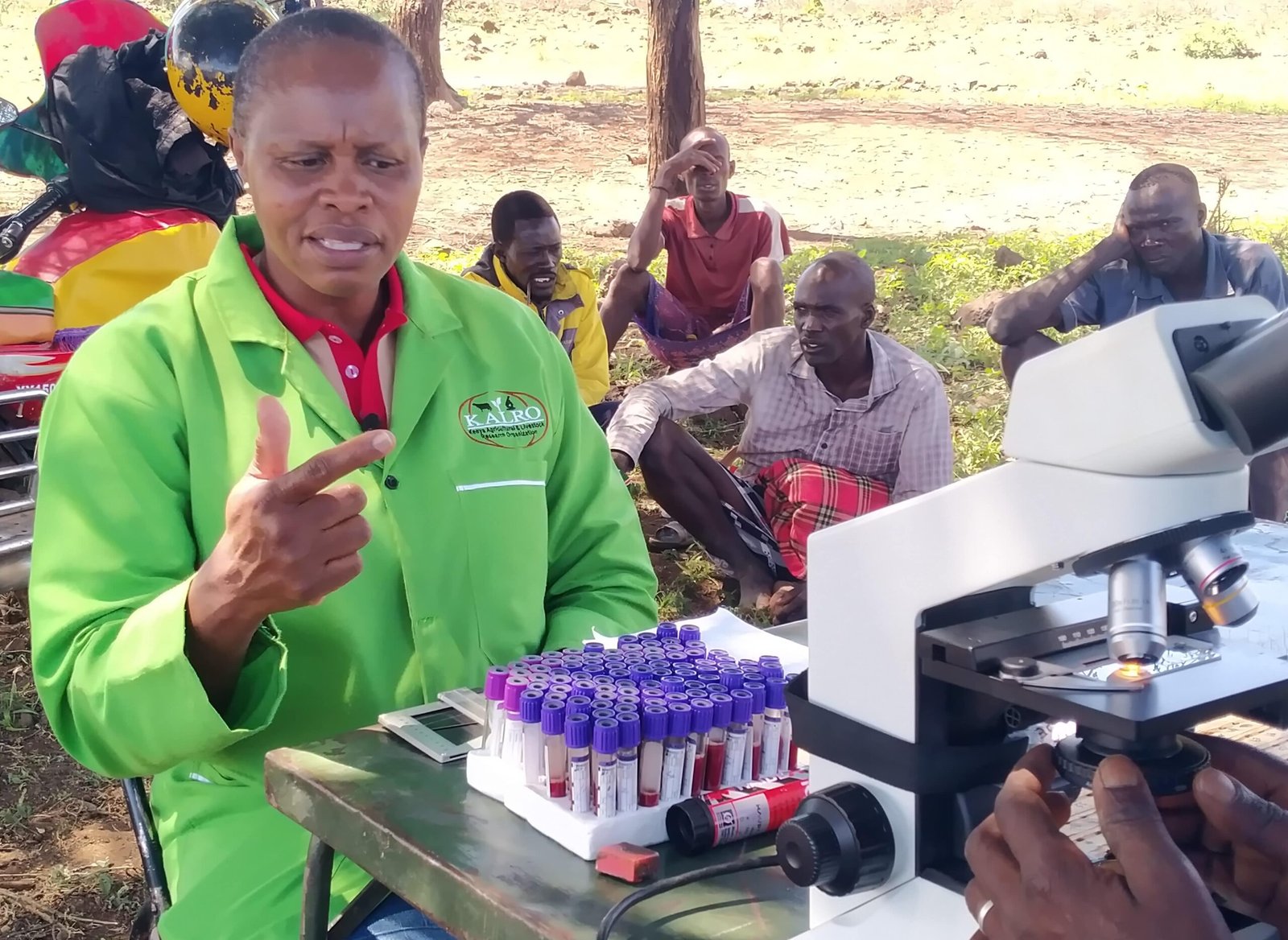Taming a top killer of camels in the Horn
By Henry Owino
In Kenya, the research is being conducted in Isiolo and Marsabit counties among five camel keeping communities of Somali, Borana, Turkana, Gabbra and Rendille.
The principal investigator on the research project, Dr Judith Chemuliti from the Kenya Agricultural and Livestock Organization (KALRO) Bio-Technology Centre, said the disease control strategies developed from the project would be deployed in other camel-keeping areas in Africa.
“One of the biggest challenges of camel keeping is trypanosomiasis spread by the tsetse fly. This disease affects camels, reduces the amount of milk that the camel produces, and causes death thus affecting livelihoods,” she said.
KALRO is partnering with IGAD Sheikh Technical Veterinary School (ISTVS) in Somaliland and the international development NGO Terra Nouva on the study seeking to improve productivity, incomes, and food and nutrition security among camel keepers in the region.
The African Union and the European Union are funding the project to the tune of Ksh 100 million. Camel trypanosomiasis, known as surra in the Somali dialects, is a major problem for communities keeping the animal in the region, with its case fatality rate of nearly 100 percent if untreated. Kenya is home to around three million camels, which are an important resource to many pastoralists inhabiting the environmentally harsh ecosystem in the Horn of Africa.
The animals can withstand droughts better than other livestock species and continue to produce milk, a key source of nutrition and income for the pastoralists. The Director of Veterinary Services in Isiolo County, Dr Joseph Muriira, said the disease spread by tsetse flies was holding back efforts to promote camel production in the area.
Ninety-five percent of 451 cases of trypanosomiasis last year were reported in camels. “Isiolo has around 148,000 camels distributed mainly across threesub counties namely Merti, Garbatula and Isiolo Central.
They are resilient and are relied upon by farmers when there is drought because they give milk even when other animals cannot,” he said. Isiolo sells about 7,000 litres of milk to Nairobi on a daily basis. Tests on blood samples collected in northern Kenya found that the camel surra and the vector were present in all areas and seasons at varying intensity, with the highest prevalence recorded among the camels in Rendille at 17 percent.
“The prevalence of surra was consistently higher among the Rendille followed by the Turkana, Gabbra and Borana communities in that order while camel herders had varying levels of knowledge about the disease, being higher among Somali, progressively declining among the Borana, Turkana, Gabbra and the Rendille respectively,” said Dr Chemuliti.
Once the researchers find an infected animal they treat it on sight to control transmission to the healthy ones. Dr Chemuliti noted the clinical services they are offering, in addition to data collection and analysis, are delivering results, with the disease prevalence having gone down significantly compared to six months ago.
“With correct treatment and the correct diagnostic tool in place we can be able to bring this disease down to levels that would be beneficial to farmers,” she said. They are also training the local veterinary staff on how to screen, treat the animals and the advice to offer to the farmers.
“The camel has been a neglected species. But given that we have been able to carry out this research and given remedy, the camel keepers have seen an improvement in their animals. Their camels are now healthier because of the intervention through this project,” said Dr. Chemuliti.
“We will offer any technical support and continue with the training because any new staff coming into the counties will have access to this information that has been generated.
” Livestock keepers in the area have been using traditional methods to control the tsetse fly, including burning of dried dung that acted as a fly repellent, positioning camel enclosures in the direction of wind to blow away flies, moving animals to watering places in the middle of the day when fly activity was low, avoiding wet and muddy places where flies bred and treating wounds promptly before they became infected and attracted flies.
“Since I walk my camels to far places and for many days , I used to notice them getting very thin and refuse to feed and that is what could tell me they were sick. Sometimes I could give herbal medicine but some never survive,” said Jackson Tololo.
He termed the research and training of extension officers timely, noting that it promises a lasting solution to the camel surra in the county.



